Search

News & Events
Getting kids off screens and back outsideOn average Australian children spend about 22 hours a week on a screen and six hours a week playing outside.
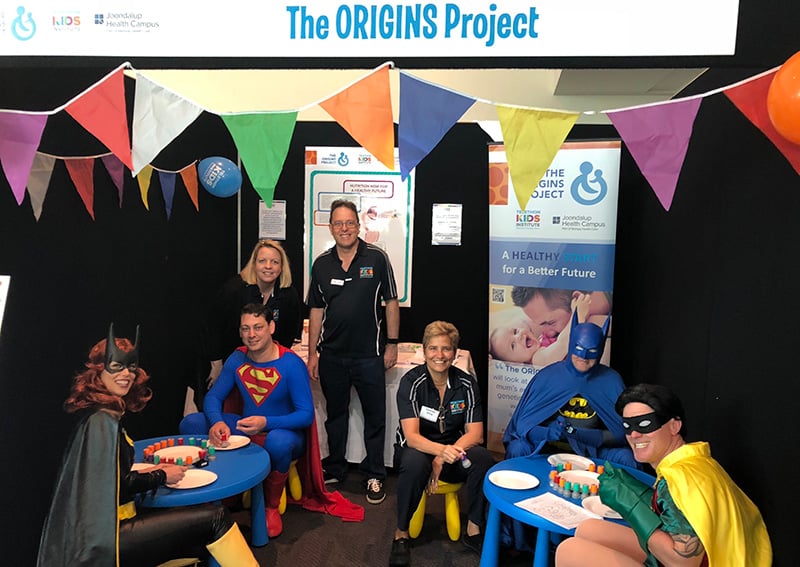
News & Events
Telethon smashes records as West Australians dig deep for sick kidsOver the weekend, ORIGINS staff were out in force in the phone rooms and in our ORIGINS Project booth at the Beneficiaries Expo at the Perth Convention and Exhibition Centre.

News & Events
Healthy lunchbox tipsA healthy lunchbox is important, as it provides the fuel for your child to get through their day of learning and play.
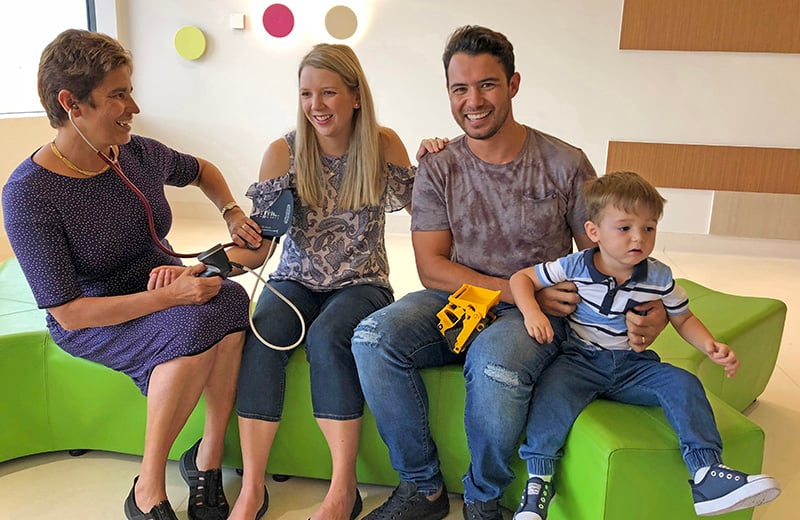
News & Events
Multimillion-dollar ORIGINS Project recruits 1000th family for global health studyProfessor Desiree Silva with the 1000th family - Jess, Michael and Eli The multimillion-dollar ORIGINS Project, an extensive community-based
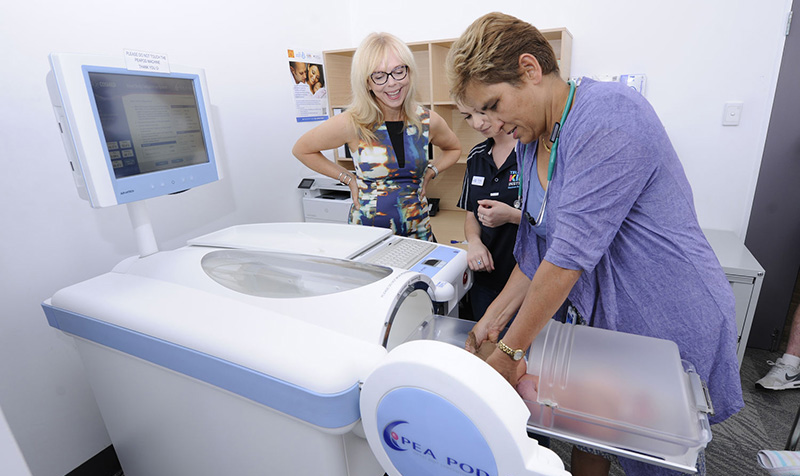
News & Events
Good gut healthThe key to being well may be in your micriome. But do you even know what it is?
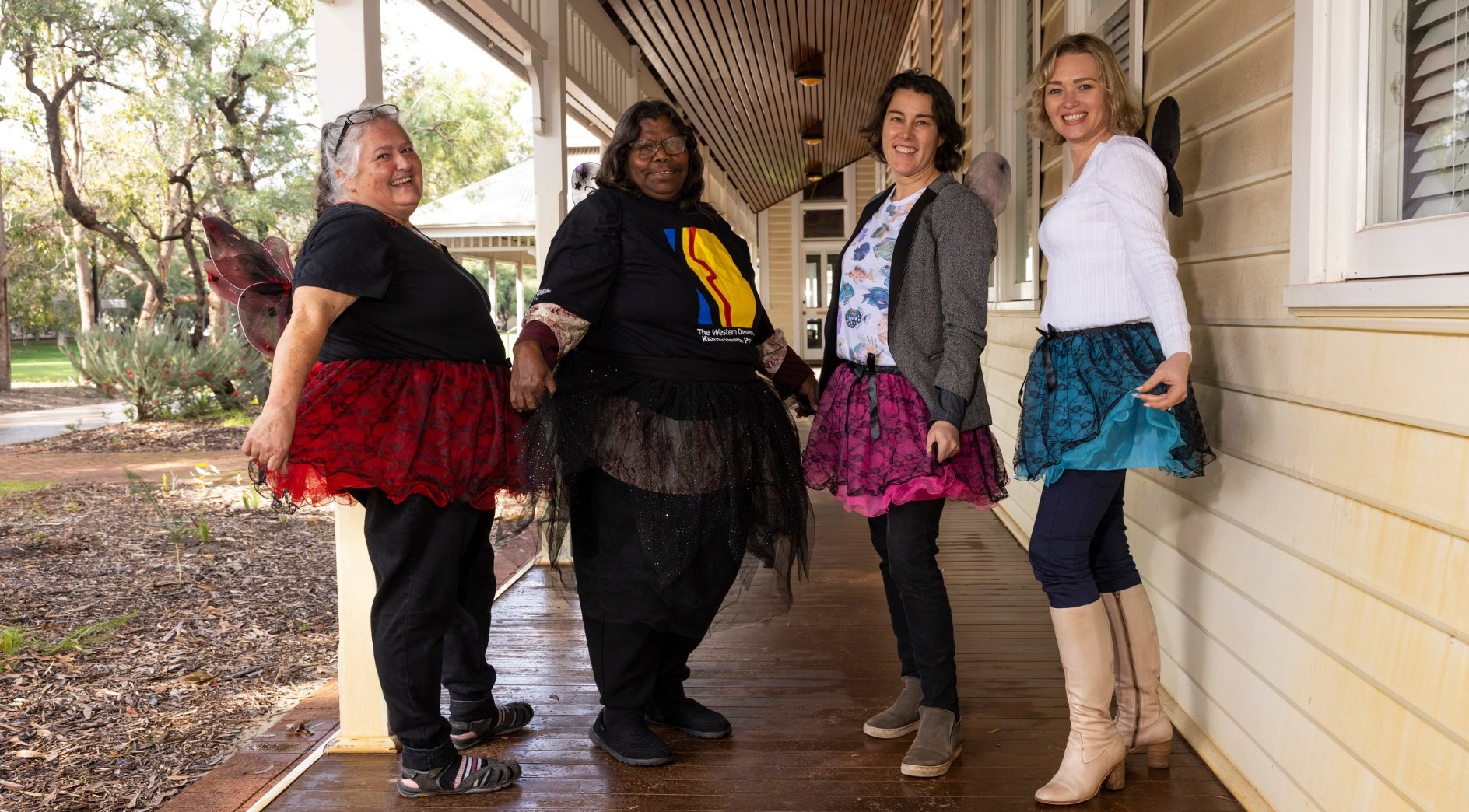

Determining the associations of sun exposure in early life on the development of non-communicable diseases.
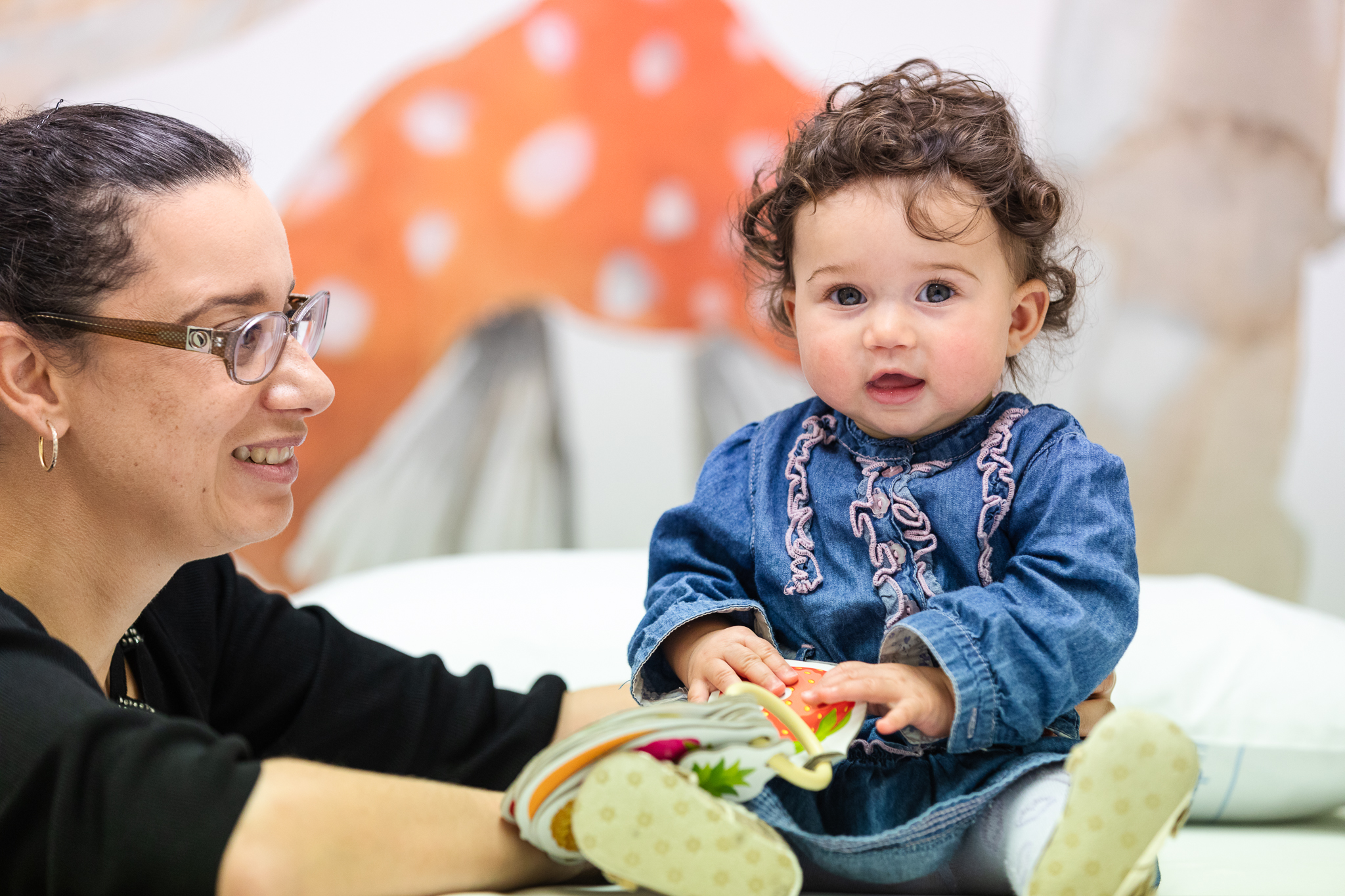
RHINO researchers from The Kids' Wal-yan Respiratory Research Centre, will analyse ORIGINS data and turn it into meaningful respiratory and allergy outcome data that can be used by researchers around the world.

This sub-project aims to fill the gap in knowledge of the effects of climate change on child health and wellbeing in Australia, and to propose data-driven adaptation trials to counter the most serious impacts.

Understanding how families engage with screen technologies and how it may influence child development
